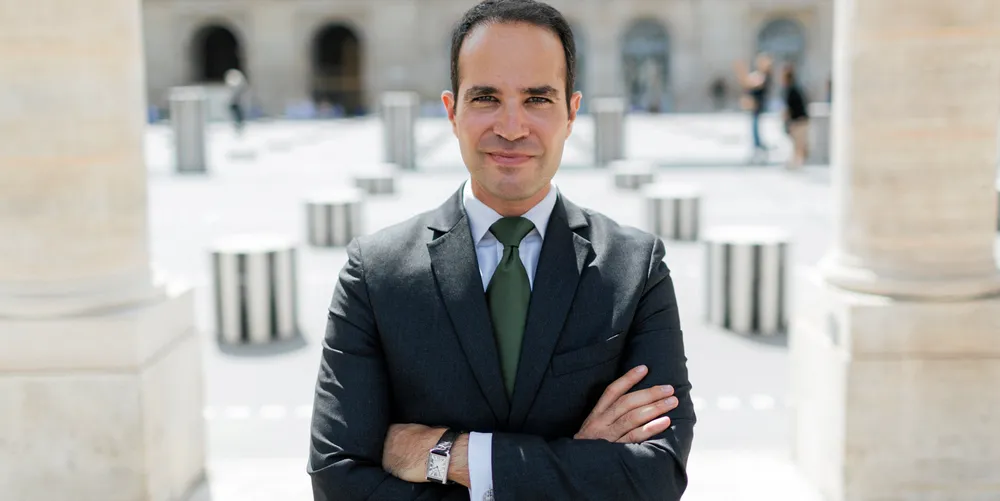EXCLUSIVE: New €1.5bn hydrogen investment fund will focus on 'low-carbon' H2 that may not be green or blue
Industrial and financial investors have already committed €800m to Hy24, including TotalEnergies and Air Liquide

Industrial and financial investors have already committed €800m to Hy24, including TotalEnergies and Air Liquide
